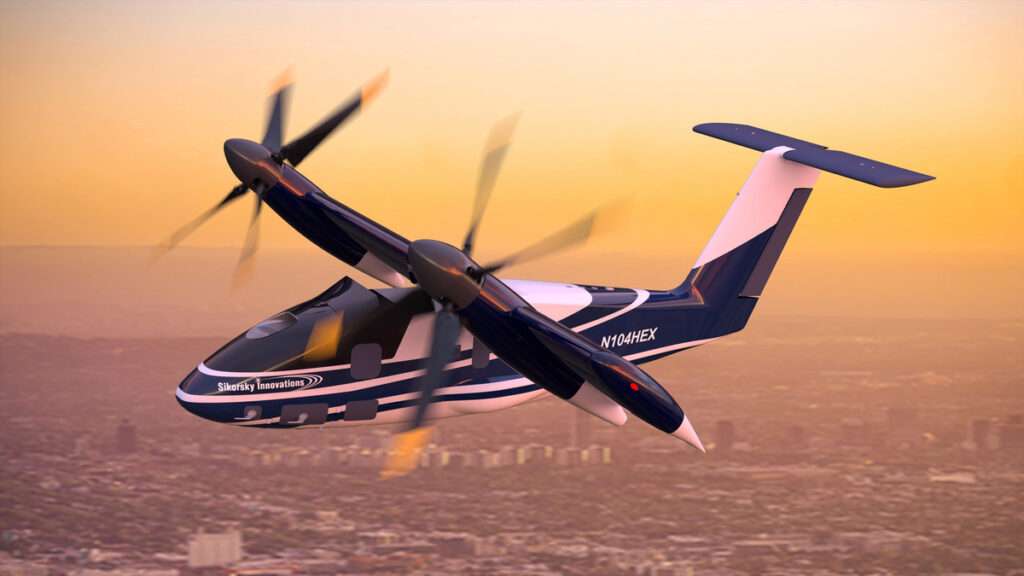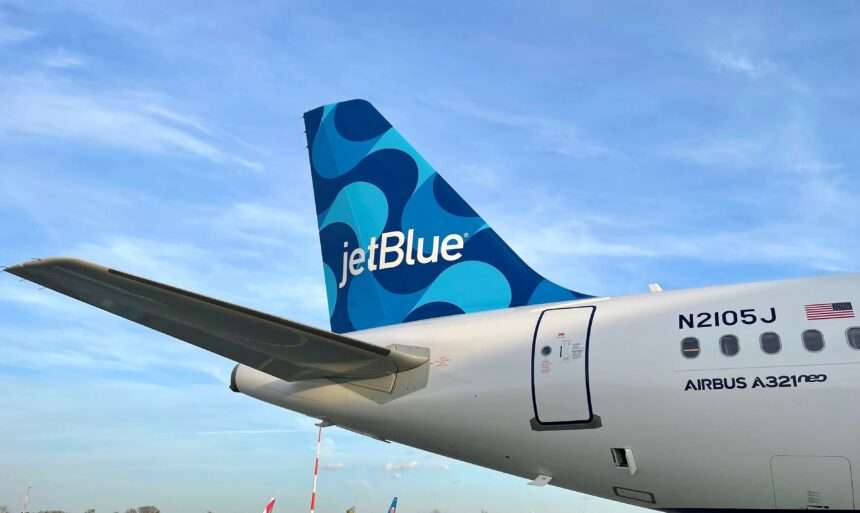Sikorsky, a subsidiary of Lockheed Martin (NYSE: LMT), is taking to the skies with a bold vision for the future.
They recently unveiled plans to develop and test a hybrid-electric vertical takeoff and landing (VTOL) demonstrator aircraft.
This innovative design, dubbed HEX, marks the first step in a series of next-generation VTOL aircraft.
Transforming VTOL Technology
Sikorsky President, Paul Lemmo, emphasizes the company’s commitment to continuous innovation, stating: “Autonomy and electrification represent a significant leap forward, enhancing both safety and operational efficiency for large VTOL aircraft.”
“The HEX demonstrator program provides a vital platform to gather valuable data as we design a future family of aircraft tailored to meet the specific needs and configurations of both commercial and military customers.”
HEX: Key Features
The HEX program prioritizes several key features, including:
- Extended Range: The design aims for a range exceeding 500 nautical miles at high speeds.
- Reduced Complexity: Fewer mechanical systems will simplify the design and minimize maintenance costs.
- Advanced Autonomy: An optional pilot system using Sikorsky’s MATRIX™ autonomy suite offers enhanced safety and efficiency.
Taking Flight: From Testbed to Demonstrator
Sikorsky Innovations, in collaboration with GE Aerospace, is finalizing the design of a hybrid-electric power systems testbed equipped with a 600 kW electric motor.
This initial phase will pave the way for the development of the full-fledged HEX demonstrator. This larger aircraft will boast a maximum gross weight of 9,000 pounds and utilize a 1.2 MW-class turbogenerator and associated power electronics.


Beyond HEX: Pushing the Boundaries
Igor Cherepinsky, Director of Sikorsky Innovations, highlights the program’s significance: “HEX not only integrates these cutting-edge components, but also showcases the advancements in our MATRIX™ autonomy suite and the potential for near-maintenance-free systems.”
“These insights will ultimately lead to the development of even more efficient VTOL designs.”
Sikorsky’s Legacy of Innovation:
Established in 2010, Sikorsky Innovations has consistently tackled the challenges of speed, autonomy, and intelligence within the realm of rotary-wing technology.
Discover more about their achievements in these areas here.
The Rising VTOL Market
The VTOL (Vertical Take-off and Landing) aircraft market, specifically the eVTOL (electric VTOL) segment, is a fledgling but rapidly growing sector with immense potential to revolutionize transportation. Here’s a quick overview:
Market Size and Growth
- The overall VTOL market, including non-electric options, is expected to reach $10 billion by 2032, growing at a 23.6% CAGR.
- The eVTOL market is projected to be much larger, reaching $23.4 billion by 2030, with a staggering 52% CAGR.
Applications
- Urban Air Mobility (UAM): This is the primary target market, envisioning eVTOLs as flying taxis connecting urban centers and congested areas, bypassing traffic.
- Cargo Delivery: Drones with VTOL capabilities are seen playing a role in efficient and rapid delivery of goods.
- Search and Rescue: VTOLs can be invaluable in reaching remote or difficult terrain for rescue operations.
- Other Applications: Military, law enforcement, and leisure activities are also potential areas for VTOL use.

Click the banner to subscribe to our weekly newsleter.

Click the photo to join our WhatsApp channel so then you can stay up to date with everything going on in the aviation industry!









